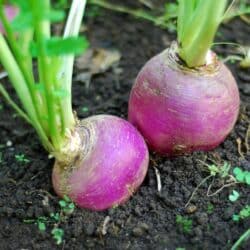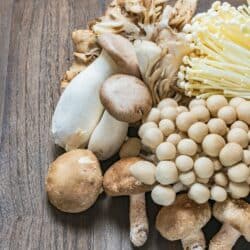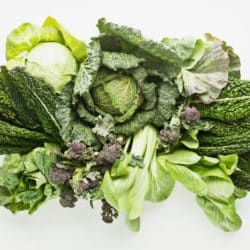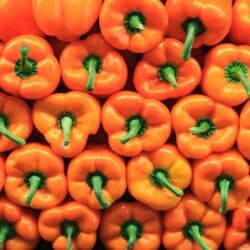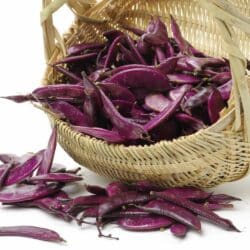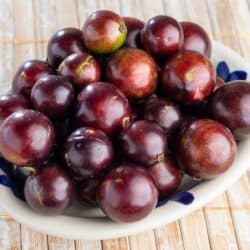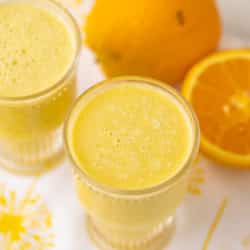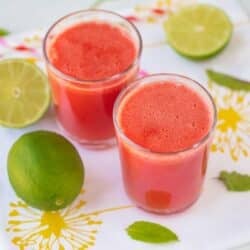20+ Vegetables and Fruits That Start with J
Here’s a list of the best vegetables and fruits that start with the letter J. Whether you need this list for a word game or for shopping inspiration, you’ll find everything you need. From jalapeño to jicama, this list covers them all.
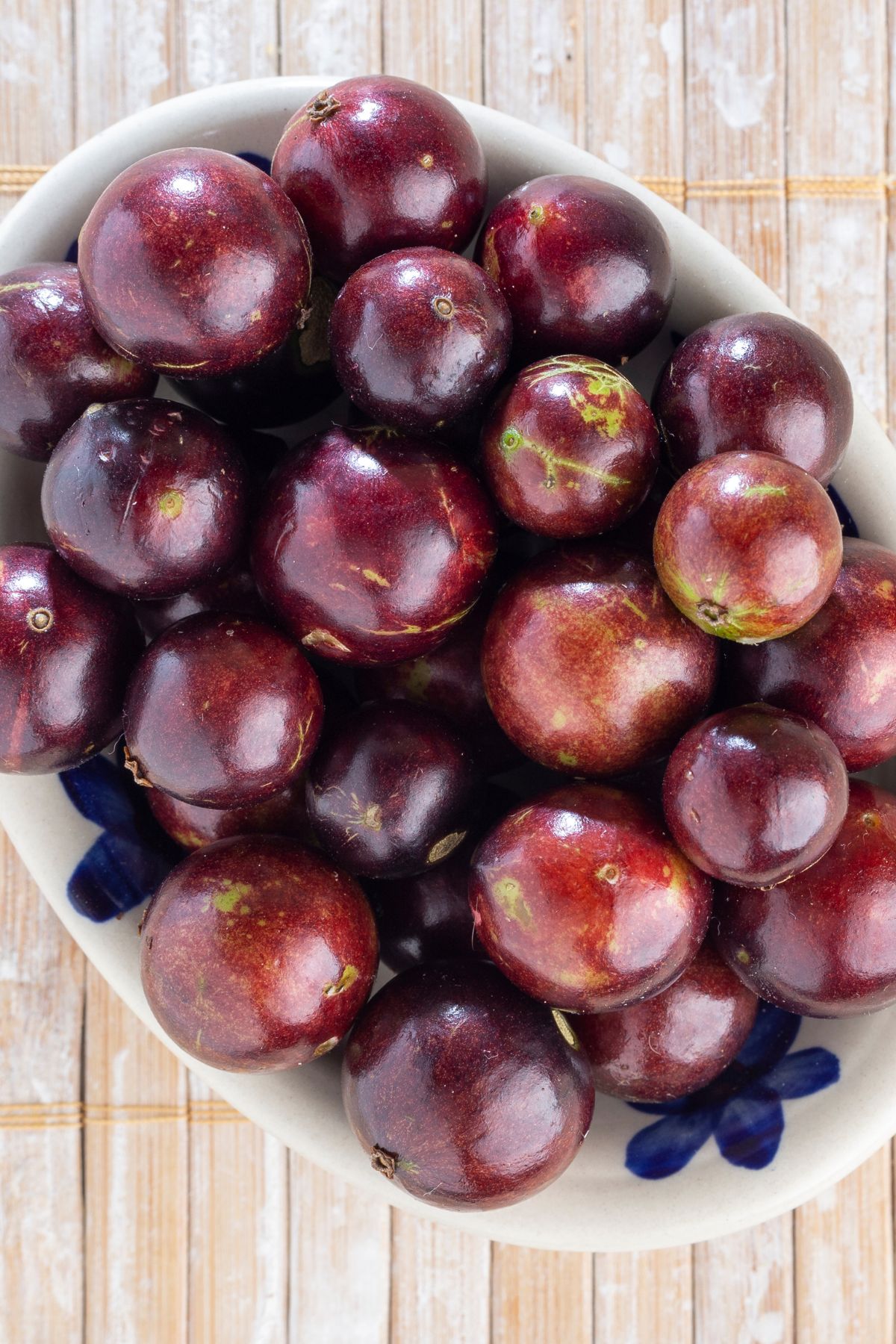
Vegetables & Fruits That Start with J
While not all of these items are available at grocery stores, I’ve tried to find the most common examples of vegetables that start with the letter J. This list is helpful if you are playing a word game or you are just curious!
Many of these come from Central America or South America, and some are common in cuisines around the world.
1. Jaboticaba
The Jaboticaba tree is native to Brazil, but can also be found in California, Florida, and Hawaii.
The fruit is round or oval-shaped and has thick, purple skin. The fruit’s flesh is white or pink and is eaten fresh or used in jams, jellies, and wines.
2. Jacket Potato
A jacket potato, also known as a baked potato is usually large and oblong in shape, with smooth, light-colored skin. They have fluffy, white flesh that is creamy and moist.
When cooked properly, jacket potatoes have a slightly chewy texture and a nutty, earthy flavor.
3. Jackfruit
A jackfruit is a tropical fruit that is native to South and Southeast Asia.
The flesh of the fruit is sweet and has a unique flavor. Jackfruit is often used in curries and other dishes. It’s often used as a meat alternative due to its texture.
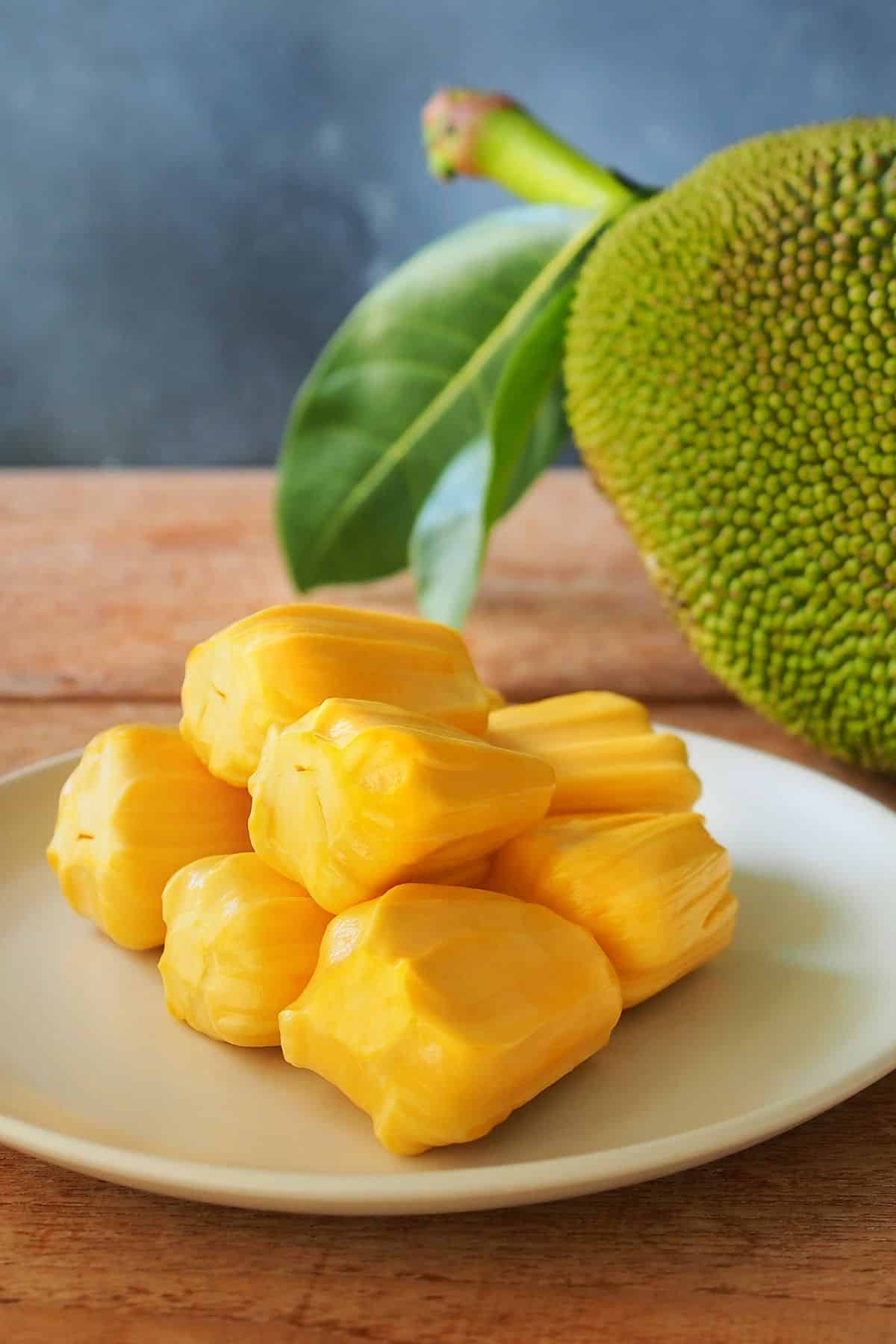
4. Jagung
A Jagung is a type of corn that is typically grown in Indonesia. It has a sweet, nutty flavor and can be eaten both fresh and cooked.
Jagung is typically yellow or white in color, and its kernels are smaller and more delicate than other corn types.
5. Jagus
A Jagus is a type of fruit that is grown in tropical climates. It looks like a cross between a grape and a strawberry and has a sweet, slightly tangy flavor.
6. Jalapeño
A Jalapeño is a type of chili pepper that is typically grown in Mexico.
The taste of a jalapeño can range from mild to very spicy, depending on how it is prepared. When eaten raw, the jalapeño peppers have a sharp, fiery flavor.
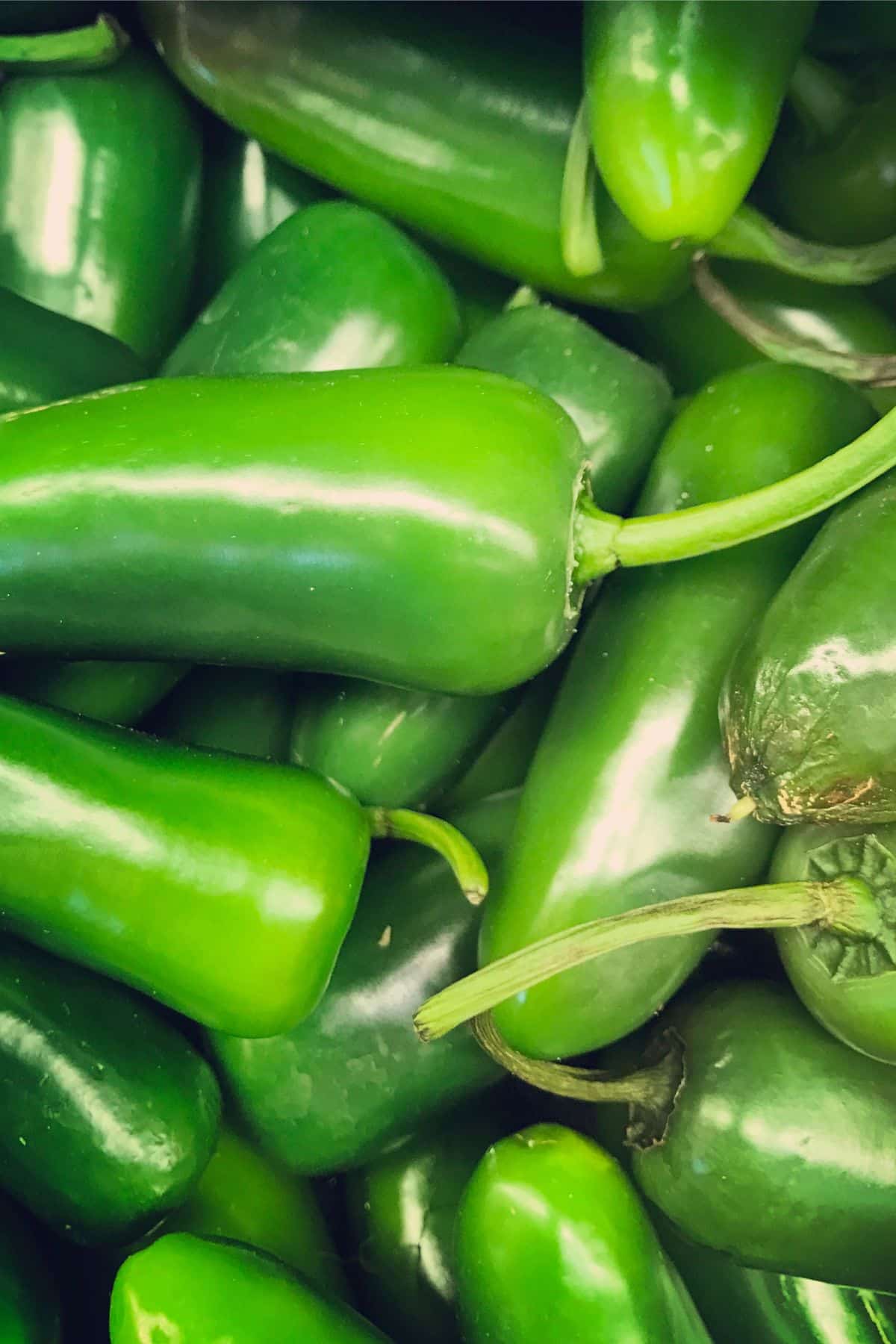
7. Japanese Mustard Greens
Japanese mustard greens are a type of leafy green vegetable that is popular in Asian cuisine. They are typically grown in China and Japan and have a spicy flavor.
Mustard greens can be eaten raw or cooked, and are often used in stir-fries or soups. They are a healthy food that helps the immune system (they are a cruciferous vegetable).
8. Japanese Pumpkin
A Japanese pumpkin, also called a kabocha squash, is a winter squash native to Japan. It has green skin with orange or yellow spots, and its flesh is orange or yellow.
Kabocha squash has a sweet, nutty flavor and is often used in Japanese dishes such as tempura and sushi.
It’s common in Japanese cuisine, but it’s becoming more popular in North America as well.
9. Japanese Scallion
A Japanese scallion, also known as a bunching onion or green onion, is a vegetable that is commonly used in Asian cuisine.
It is a type of onion that has a long, thin green stalk and a small white bulb at the base. The taste of a Japanese Scallion is milder than that of a regular onion and can be eaten raw or cooked.
10. Japanese Radish
A Japanese radish is a large, white, mild-flavored radish. It is often used as a garnish or as a filling in sushi rolls.
The taste of daikon radishes is typically mild and slightly sweet. When eaten raw, they have a crisp texture similar to that of a carrot.
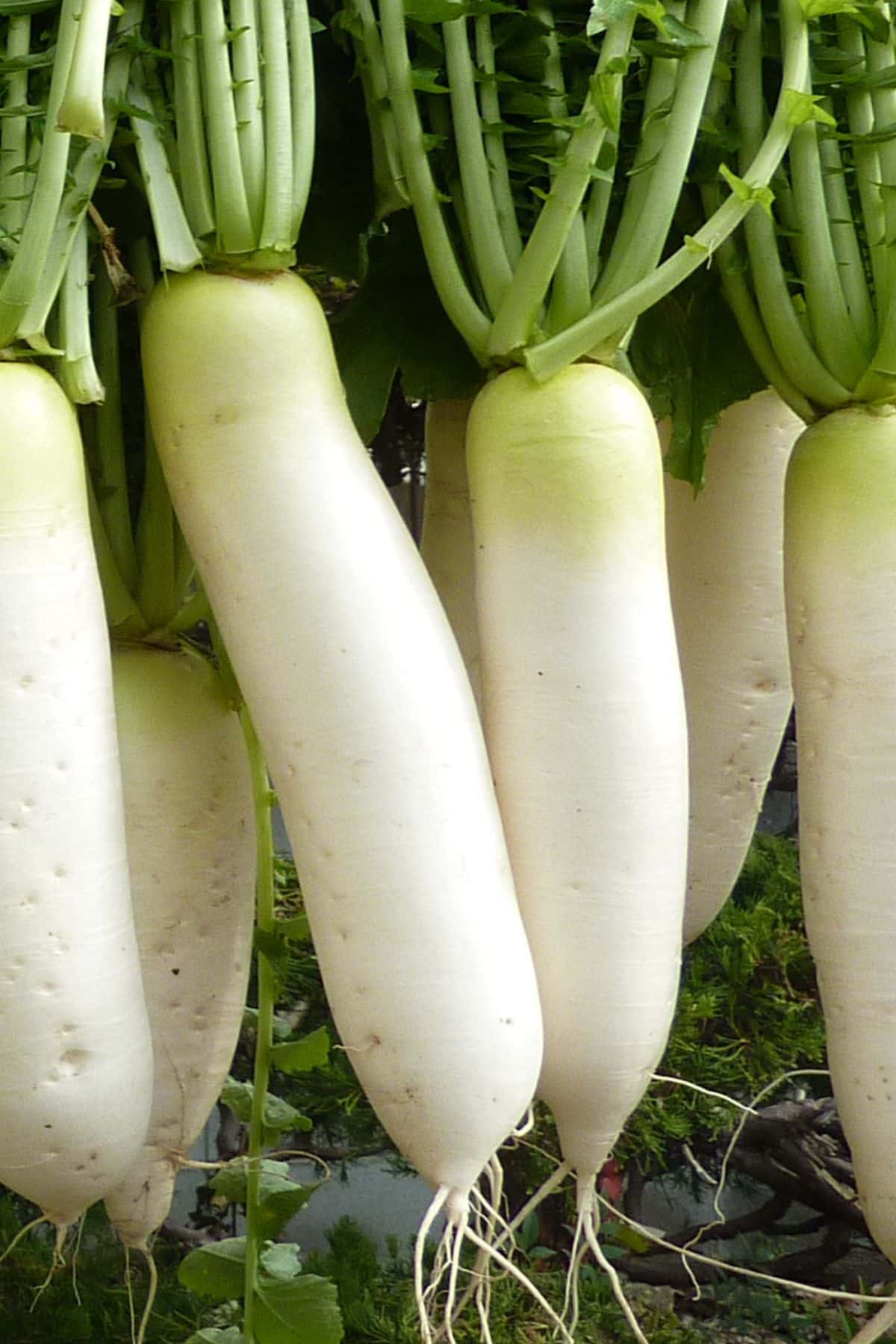
11. Java Almond
The Java almond is a tropical tree that grows in Southeast Asia. The leaves are large and leathery, and the fruits are small, hard, and bitter.
12. Jelawai Ketapang
A Jelawai Ketapang is a type of tropical fruit that is grown in Indonesia.
It has green and yellow skin, and the flesh of the fruit is white. The taste of the Jelawai Ketapang is similar to that of a grapefruit.
13. Jerusalem Artichokes
Jerusalem artichoke is a type of sunflower that is native to North America.
The edible part of the plant is the tuber, which is similar in appearance to a ginger root. When cooked, Jerusalem artichokes have a sweet, nutty flavor.
Jerusalem artichokes have lots of health benefits and are part of a healthy diet.
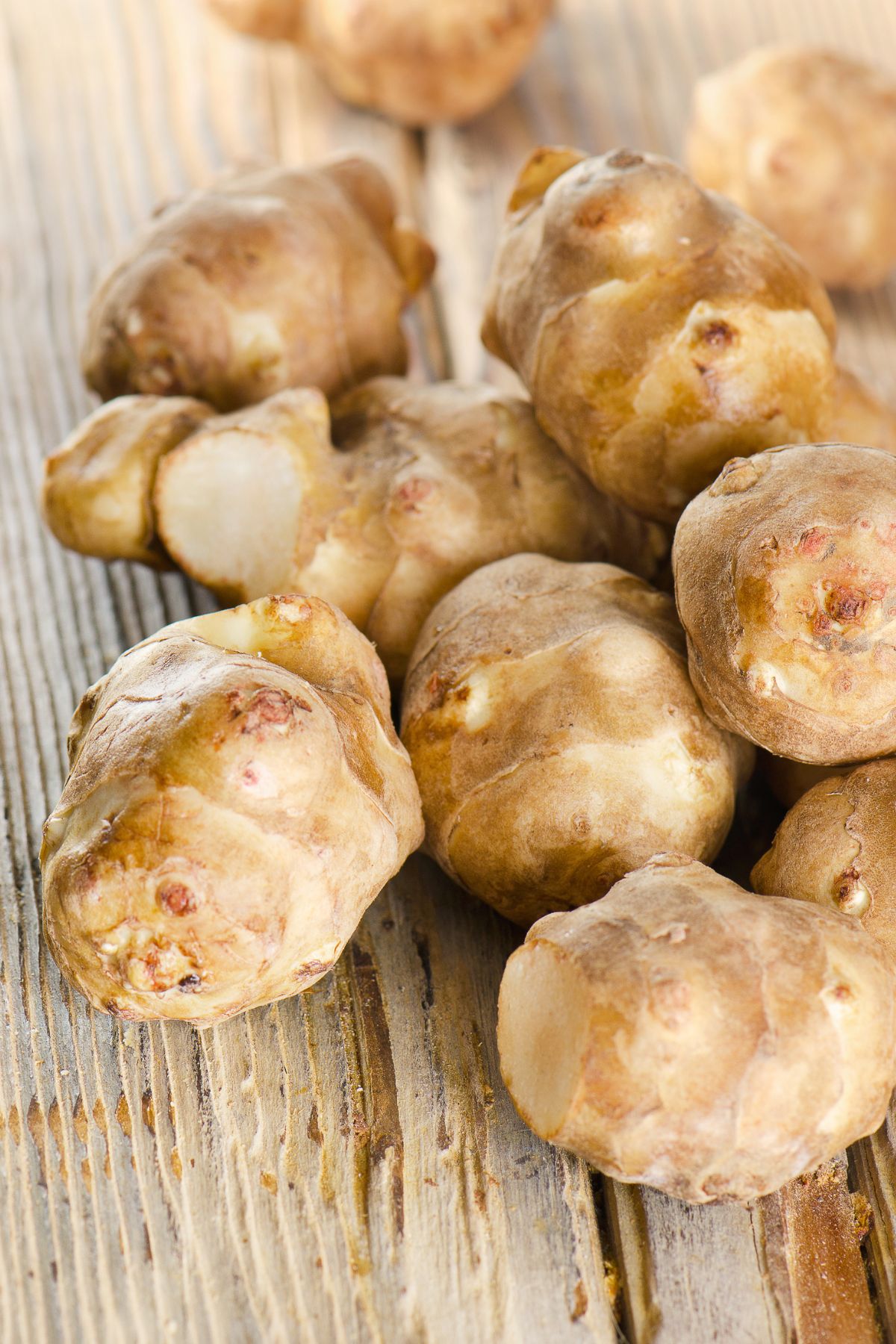
14. Jerusalem Thorn
A Jerusalem Thorn is a small, spiny tree that grows in arid regions of the Middle East. It has small, dark-red fruits that taste somewhat like dates.
The tree is also known as the “thorn of Jericho” and was historically used for medical purposes.
15. Jinenjo
The Jinenjo is a root vegetable that is native to Japan.
It has a long, white root that is similar in appearance to a radish. The taste of the Jinenjo is slightly sweet and nutty and it can be eaten raw or cooked.
16. Jicama
Jicama, also known as Mexican yam or Mexican turnip, is a root vegetable that is popular in Mexico and other parts of Latin America.
It is typically white or light brown in color and has a slightly sweet and nutty flavor. Jicama is often eaten raw, as it has a crunchy texture.
I love jicama with dip as a healthy snack! It’s great for weight loss as it’s low in calories.
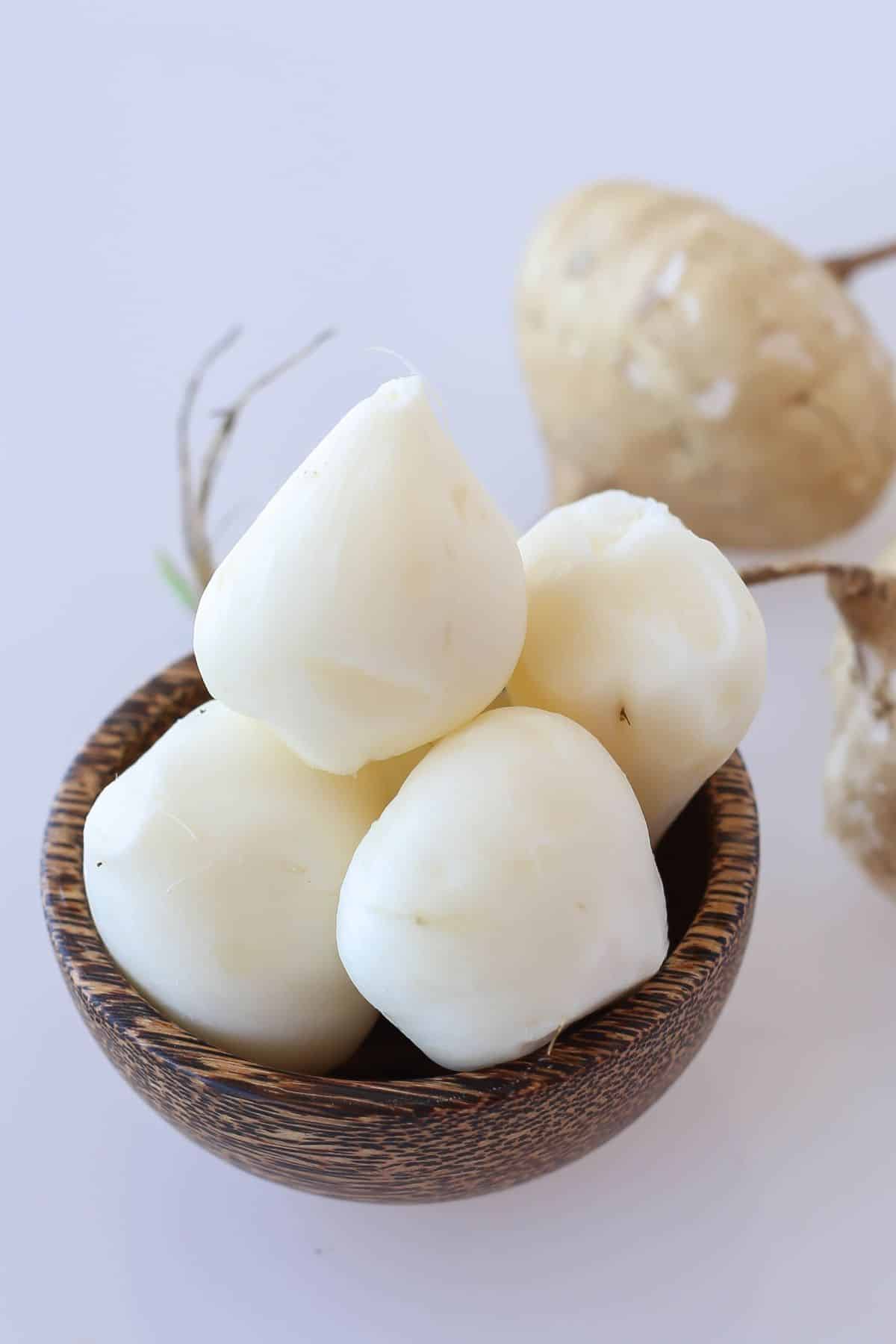
17. Jinicuil
A Jinicuil is a type of Mexican lime that is grown in the state of Michoacán.
It is oval in shape and has a greenish-yellow color. The taste is sour and acidic.
18. Julienne Carrots
A Julienne carrot is a type of carrot grown in the United States.
It is an orange-colored carrot that is about two inches long. It has a sweet taste and is often used in salads or as a side dish.
19. Junsai
Junsai is a type of lotus root that is grown in China.
It has a white, fleshy exterior with a hollow center. Junsai has a crunchy texture and a slightly sweet taste.
20. Jute Mallow
Jute mallow is a tropical leafy vegetable commonly cultivated in Africa, Asia, and the Caribbean.
The jute mallow leaves are the parts of the plant that are edible. They have a mild, spinach-like flavor and are often used in soups, stews, and salads.
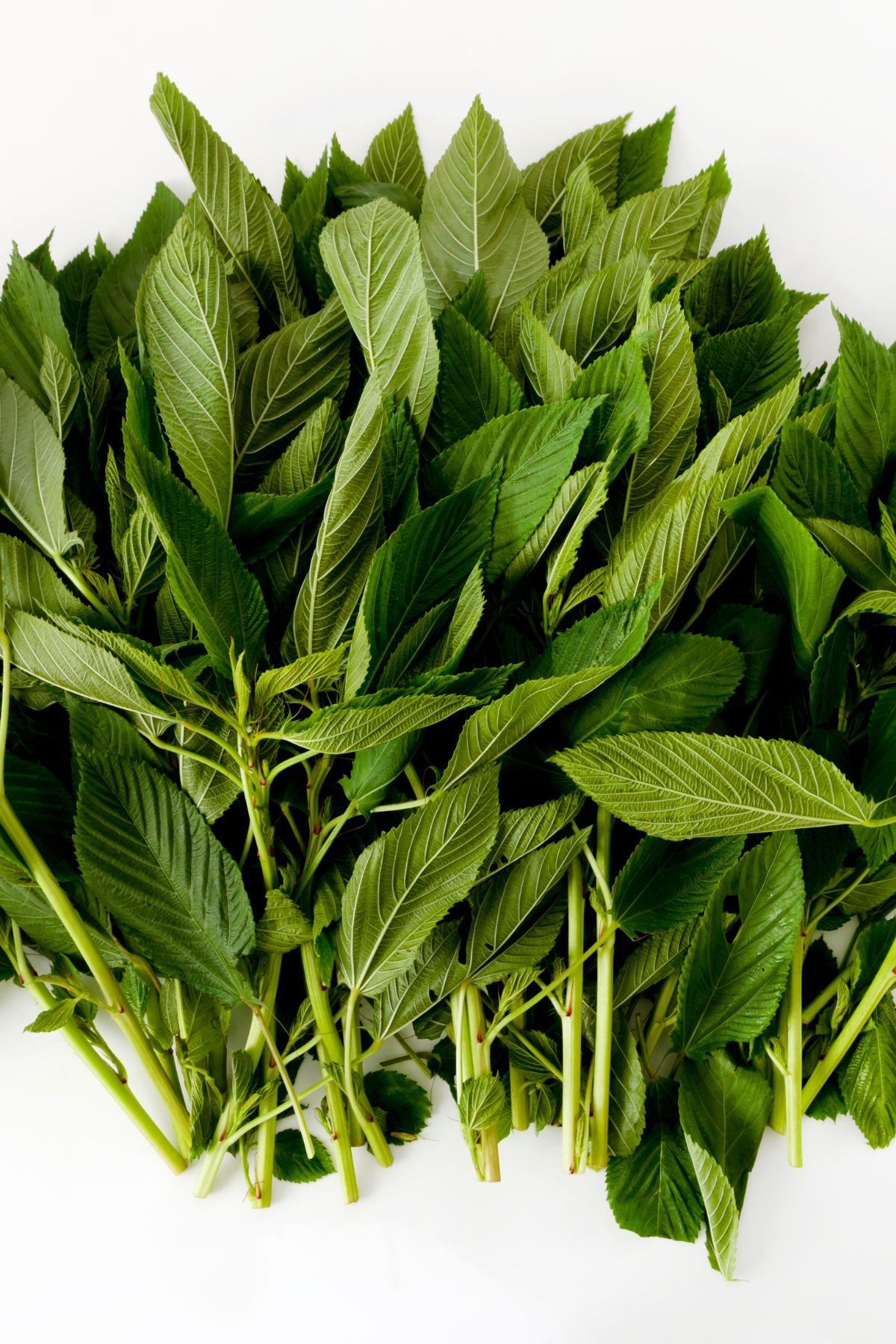
Bonus vegetables
In addition to the list of fruits and vegetables above, you can also try to find Japanese eggplant, Japanese plum, Juniper berries, Jonathan apple, jujube fruit, and others.
More Veggie Lists You Might Like
Summary
There are many different vegetables and fruits listed above, each having a unique texture and flavor. When choosing a vegetable or fruit, you must consider the flavor and texture you want for your dish. With so many different options available, there is sure to be one that will suit your needs.
Don’t forget to join my newsletter list to get exclusive clean eating recipes and tips. The newsletter is 100% free with no spam; unsubscribe anytime.
About the Author: Carrie Forrest has a master’s degree in public health with a specialty in nutrition and is a certified holistic nutritionist. She is a top wellness and food blogger with over 5 million annual visitors to her site. Carrie has an incredible story of recovery from chronic illness and is passionate about helping other women transform their health. Send her a message through her contact form.



